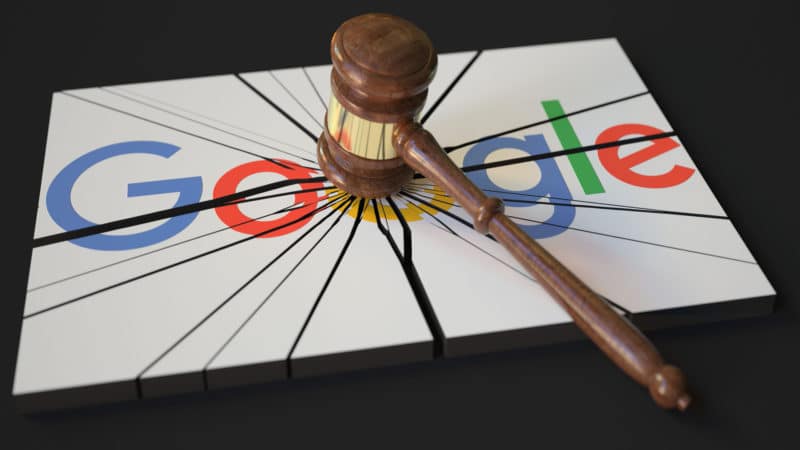Google’s ad tech monopoly remedies trial begins

A trial many expected to fizzle has delivered a bombshell: Judge Leonie Brinkema ruled Google illegally monopolized digital advertising, setting up a remedies phase that could force major changes to its ad tech stack. But with Google already losing ground in ad tech and the web fragmenting into retail media, walled gardens, and AI-native platforms, the remedies may feel like too little, too late.
Why we care. The DOJ wants to unwind Google’s dominance by weakening its ad exchange (AdX) and prying open its auction logic. Publishers and advertisers argue this could level the playing field. If auction logic is opened up and interoperability enforced, advertisers may see more competition, better pricing, and greater transparency. But if the remedies stall or prove symbolic, the status quo remains – while spend continues shifting toward walled gardens and retail media networks.
Zoom in:
- The DOJ’s asks. Strip AdX from DFP, open-source auction logic, and revisit divestiture if competition doesn’t improve.
- Google’s counter. Interoperability with rival ad servers, no “first look” or “last look” privileges, and scrapping unified pricing rules—without divestiture.
- Witnesses. Executives from DailyMail.com, AWS, PubMatic, and Index Exchange will testify against Google, while Google leans on its own engineers and Columbia University experts.
Between the lines. Even if the court forces remedies, Google’s grip on display ads has already slipped as advertisers shift spend into walled gardens and AI-driven platforms. The ruling could end up more symbolic than transformative.
What’s next. Testimony runs Sept. 22–30, with a ruling expected in 2026. Until then, the ad industry is bracing for a decision that could either shake up—or barely dent—the future of the open web.






Recent Comments